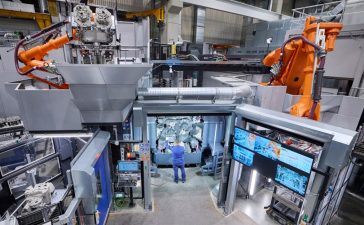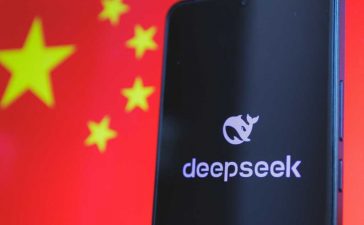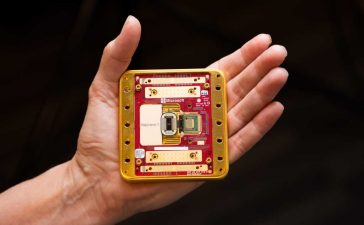Think about how radical this approach to ad spending is. There was no awareness phase, no interest phase, no consideration phase—there was just an identified need, an understanding of the situation in real-time, and support for the mode that people were in. Now, you might say, that’s because they are in a crisis so decision-making goes out the window. Maybe. But I don’t think so. I think Red Roof Inn tapped into the magic of modes.
More on modes
In 2022, the Oxford Dictionary word of the year was “goblin mode,” a temporary but very intentional way of celebrating a messy bedroom, lifestyle, or social media look.
Over the past five years, the word “mode” has increased 2000% on Google searches. People use it to refer to a temporary state of engagement that they “get into.” People enter different modes because they help them maximize their impact, effectiveness, or productivity in various situations they encounter. Sometimes, getting into modes is a passive response to situations, such as procrastination mode, but frequently, it is a proactive activity. People take time to think about and plan their modes—they talk openly, often on social media, about the modes they are in and why.
Modes are not habits: While a habit is an almost automatic response to a trigger, a mode is easily adapted to the unique circumstances that a person finds themselves in. Being in vacation mode in Hawaii with the family is likely a different experience than being in vacation mode in Luxembourg between business meetings. Moreover, a habit imposes similar patterns on different situations, while modes are plentiful and easily adapted to the situation.
Modes are not preferences: A preference predicts what the individual will likely desire in the future, but a mode predicts what the individual will likely need the next time they are in a similar situation. This is extremely important. Companies continue to mine data for customer preferences so they can customize experiences. Yet, preference data can only take you so far, and it is often not effective in predicting future buying behavior.
Modes have predictive power preferences that do not. For example, if a person buys a swimsuit, a brand is likely to show similar swimsuits the next time she returns to buy from them. But if the company knows that the customer is buying the swimsuit because she is soon to be in Hawaii vacation mode, then there are all kinds of additional things she may need for the trip. And if the swimsuit is bought while the customer is already in Hawaii vacation mode, she is likely in a mode that is conducive to even more purchases.













